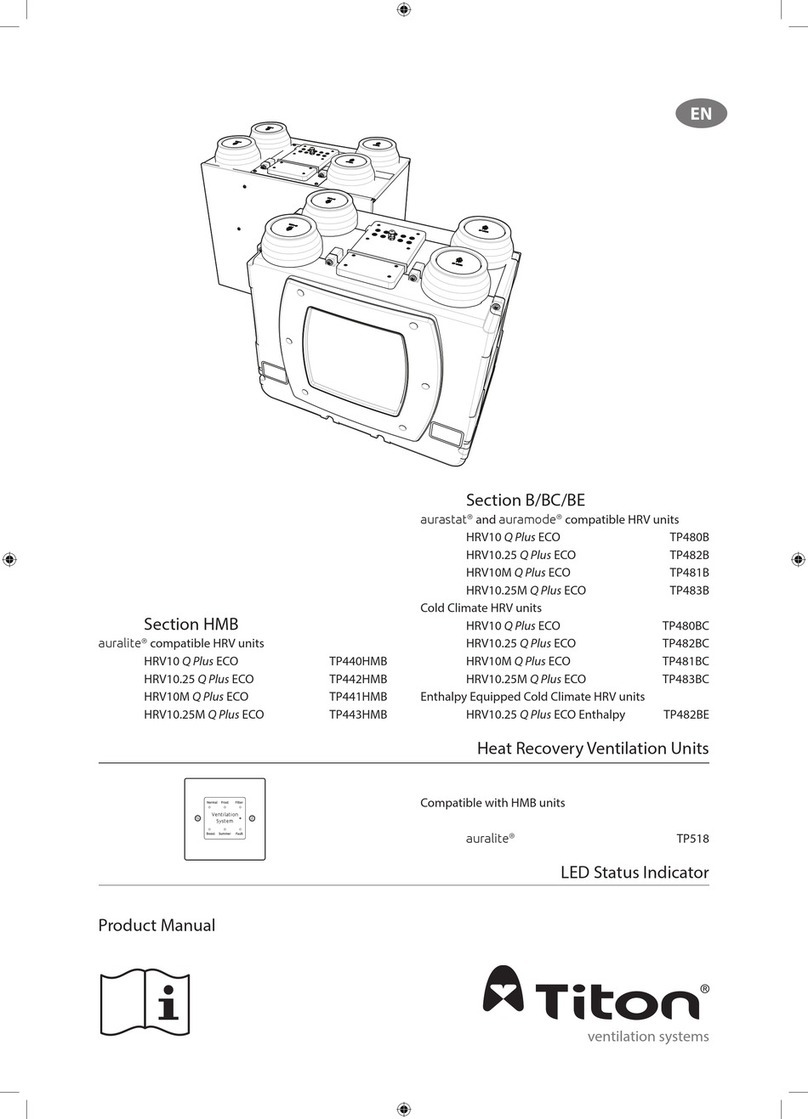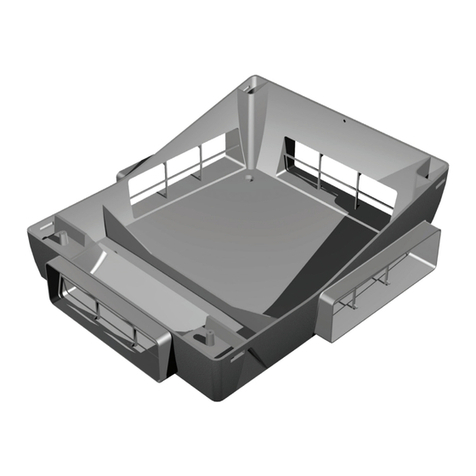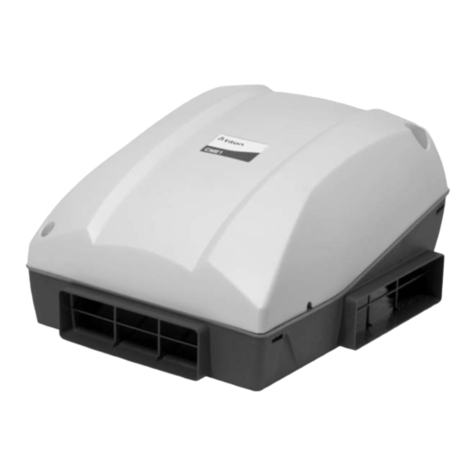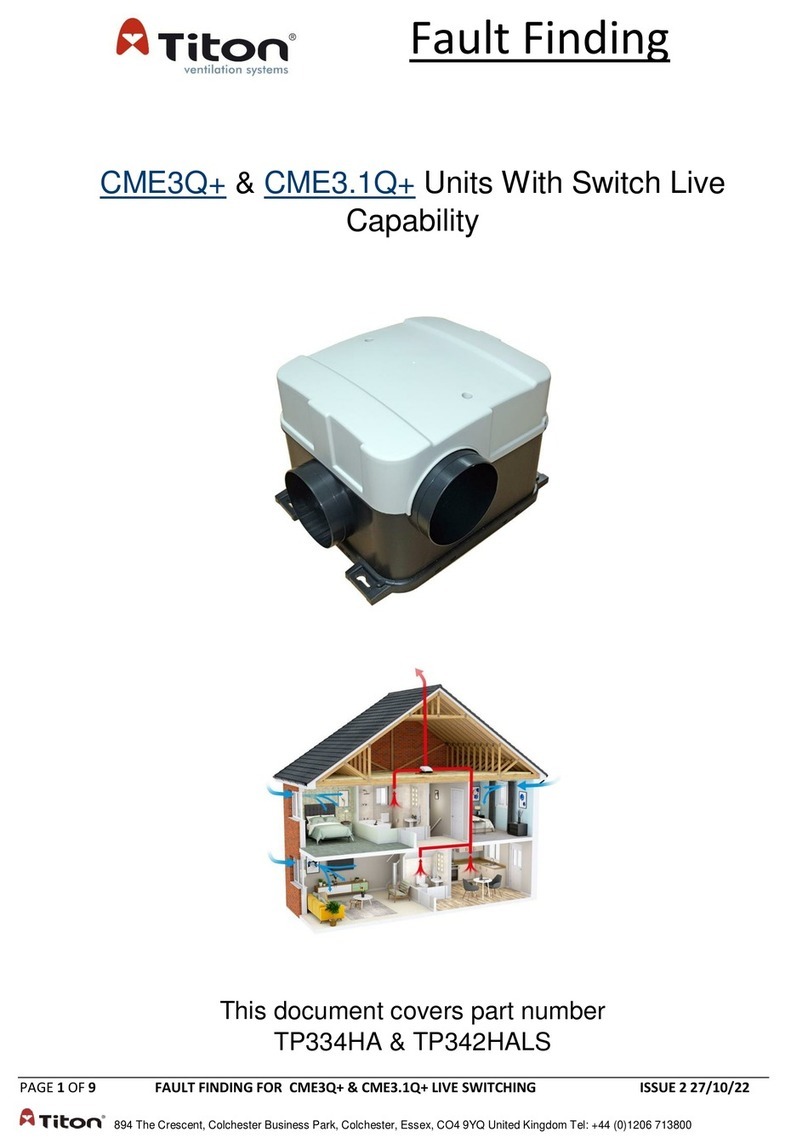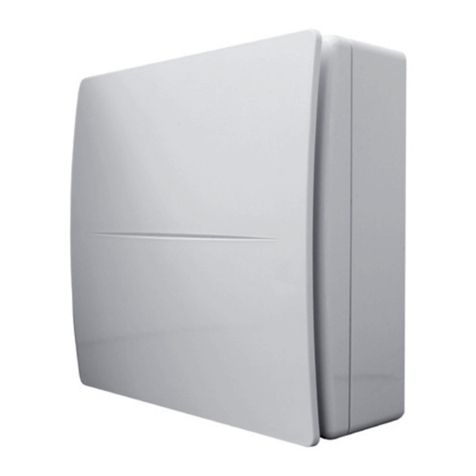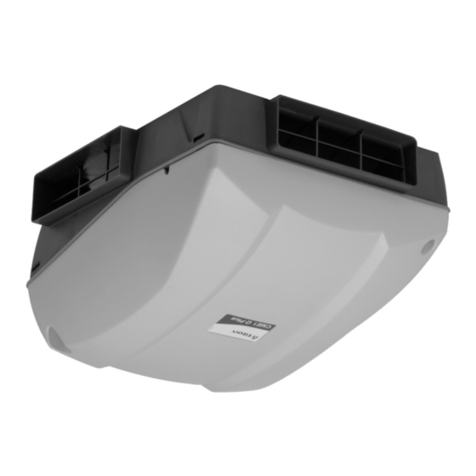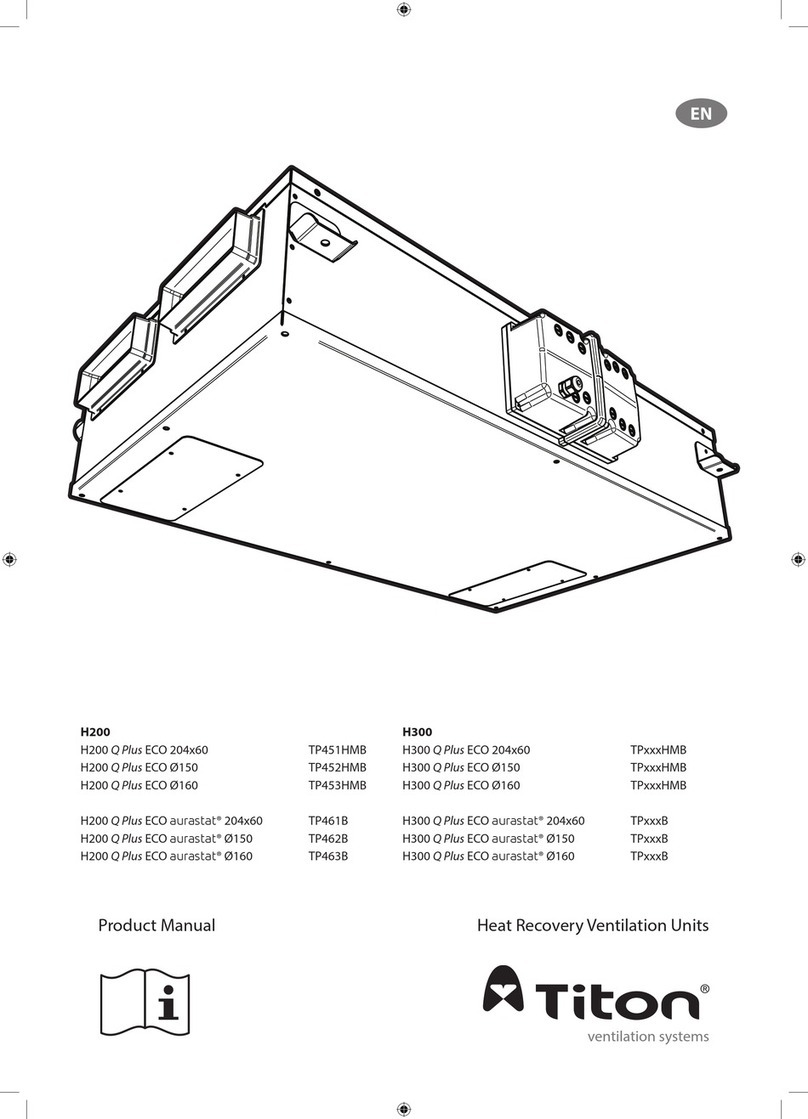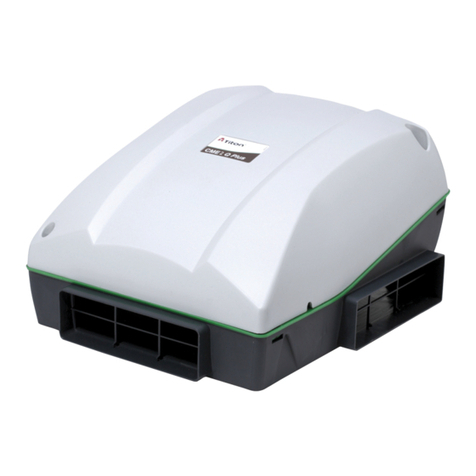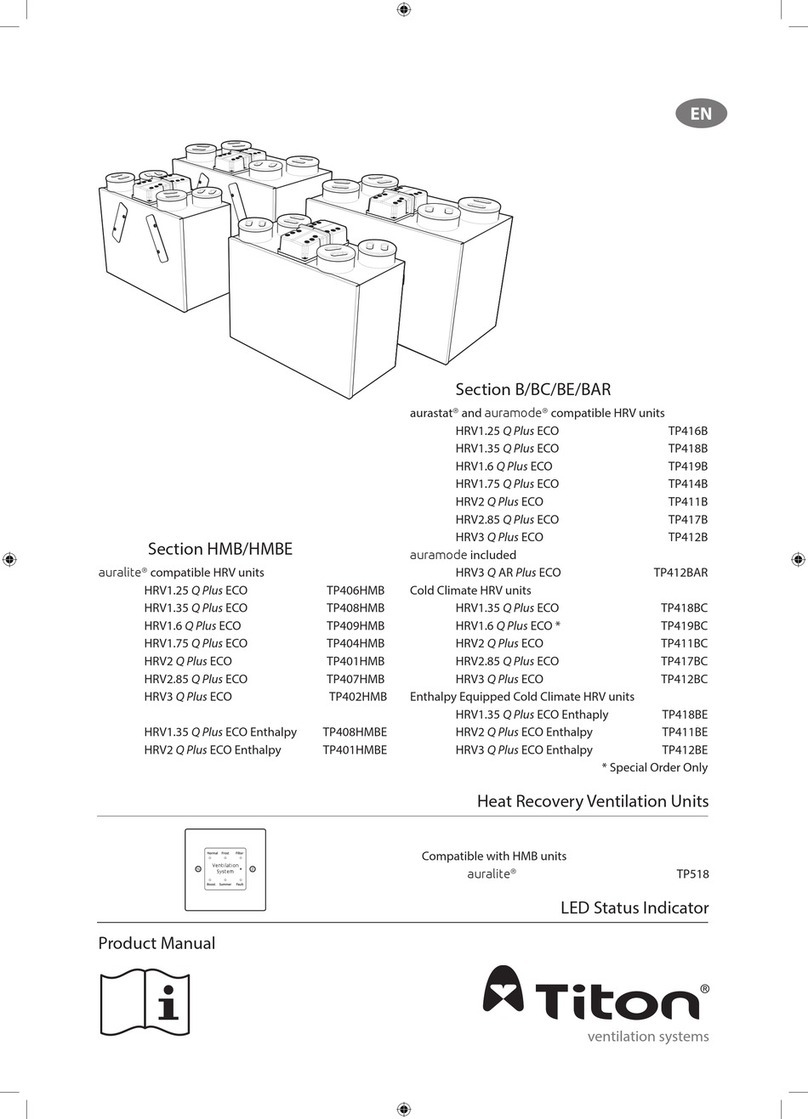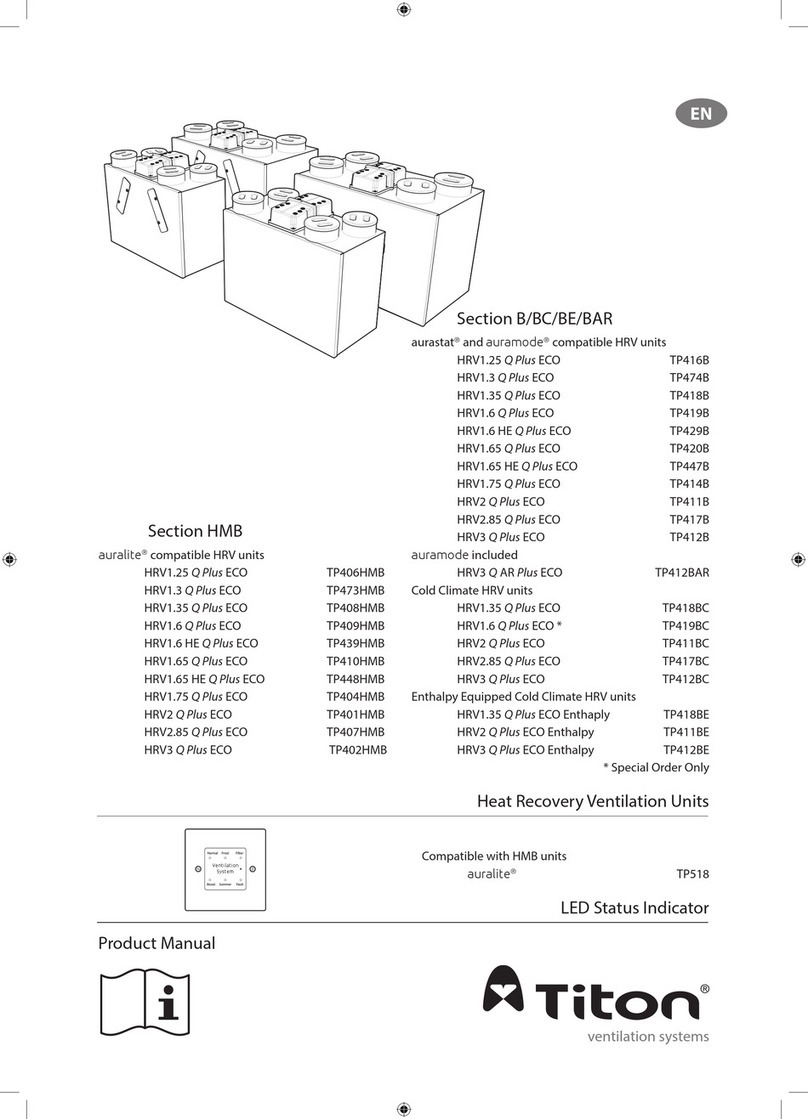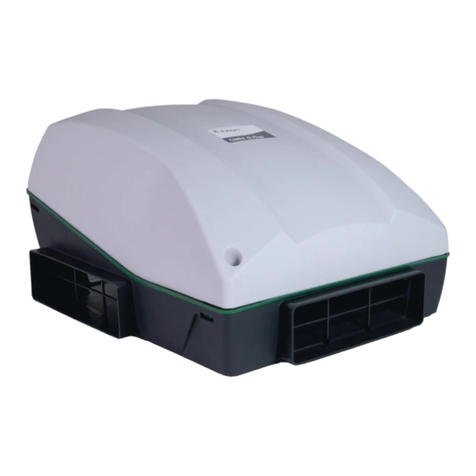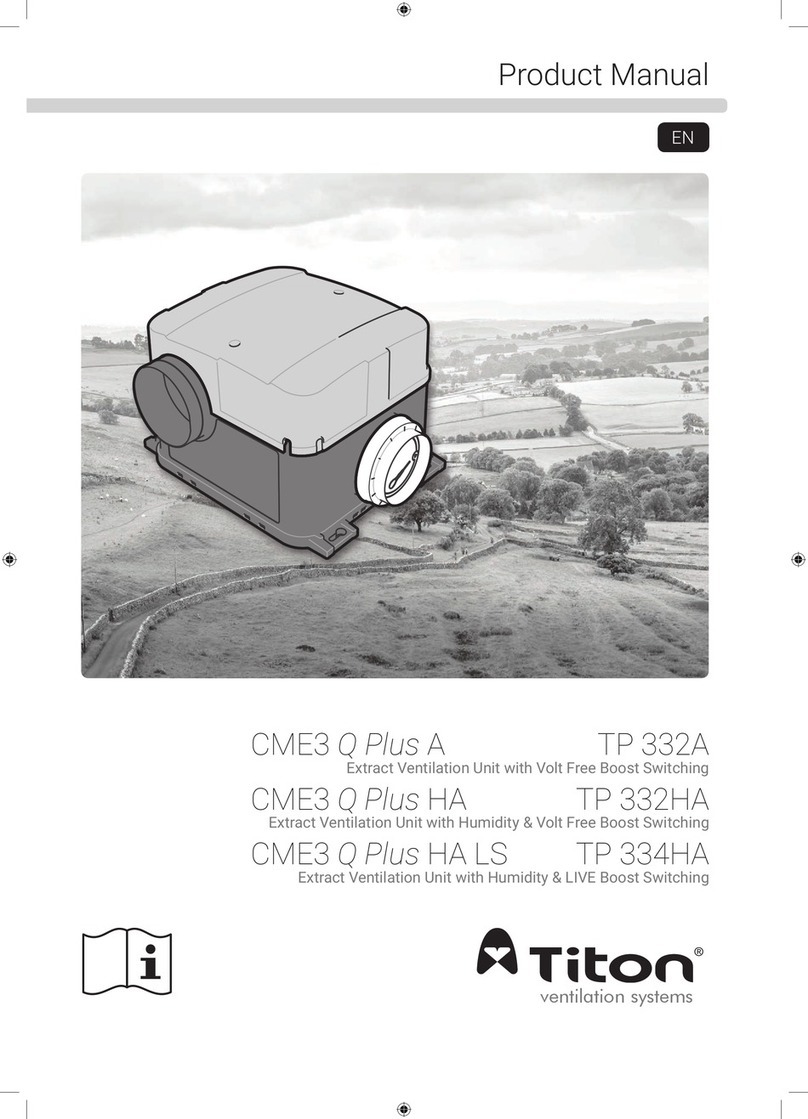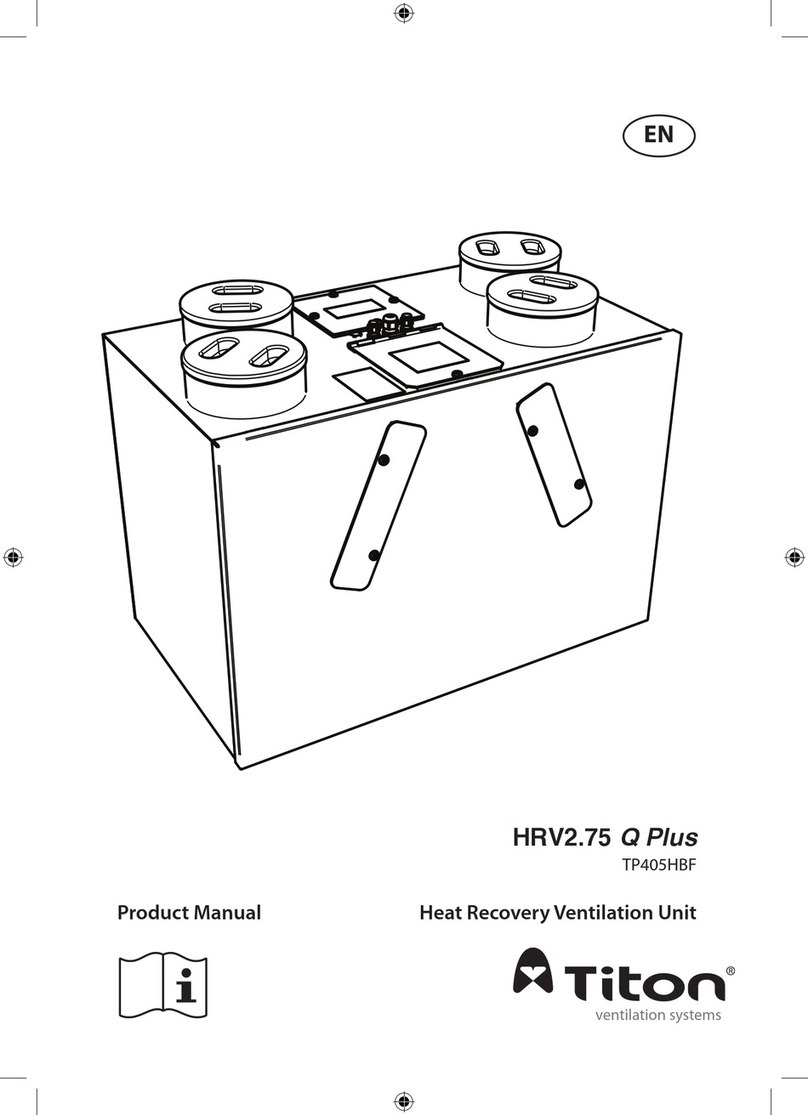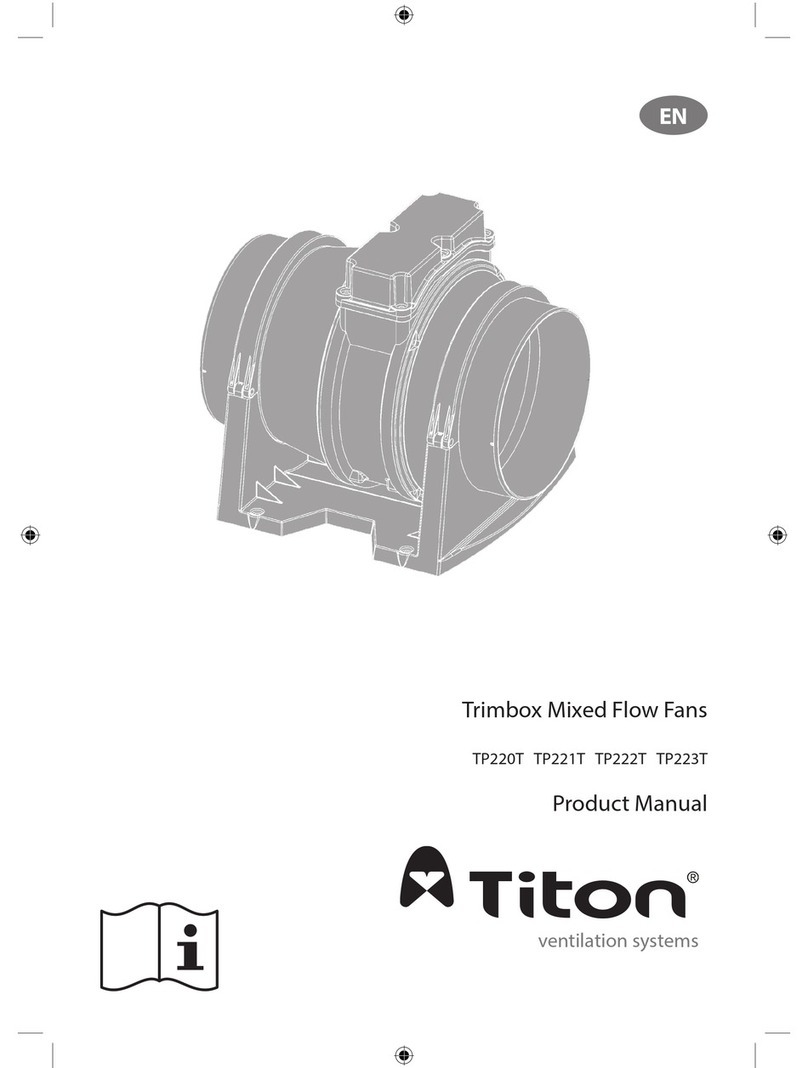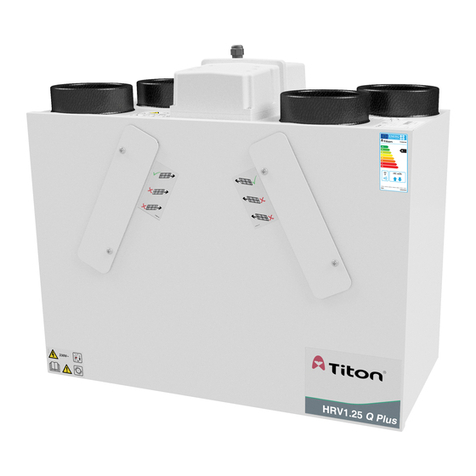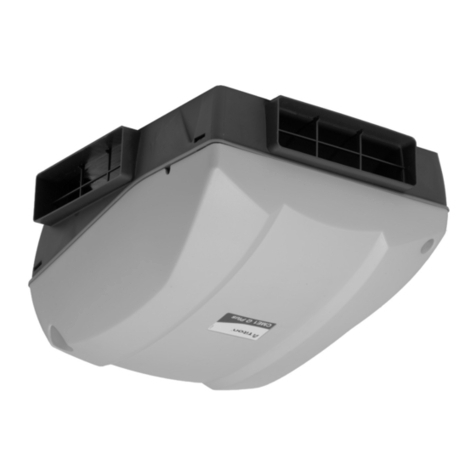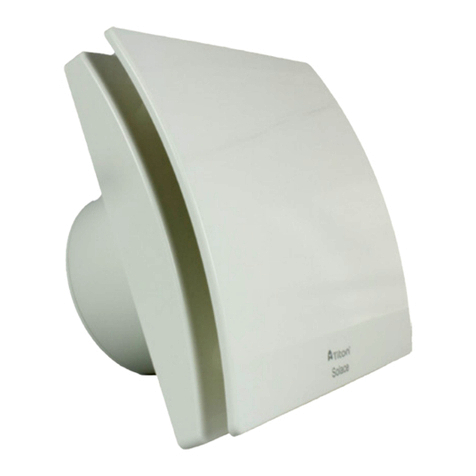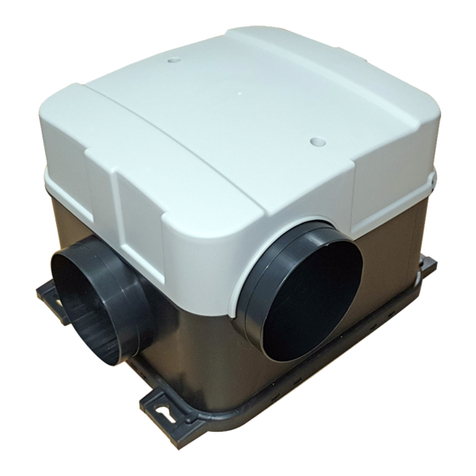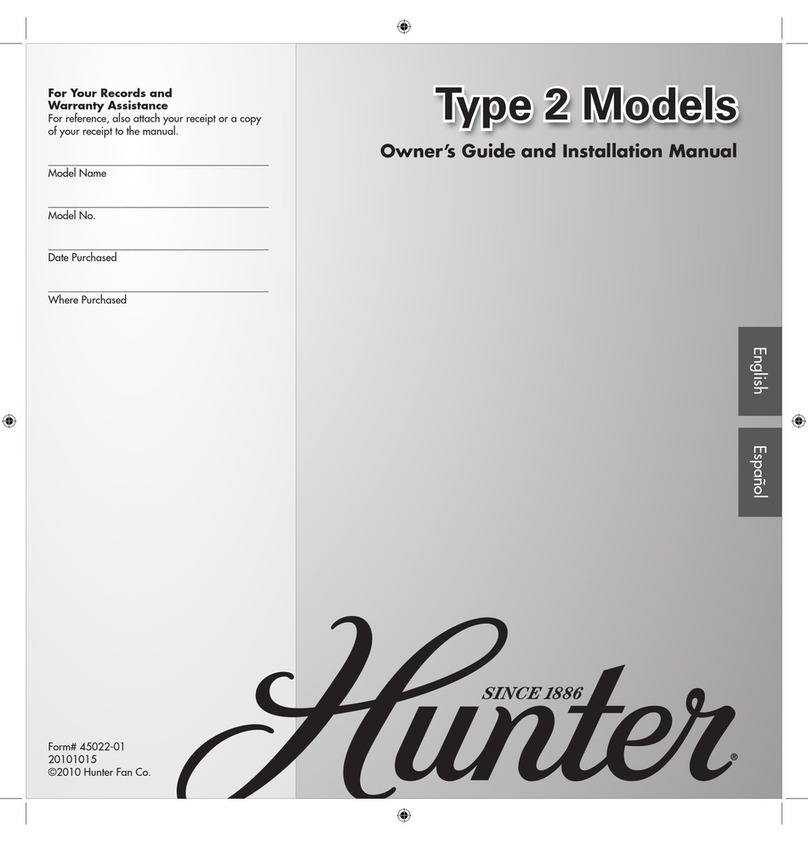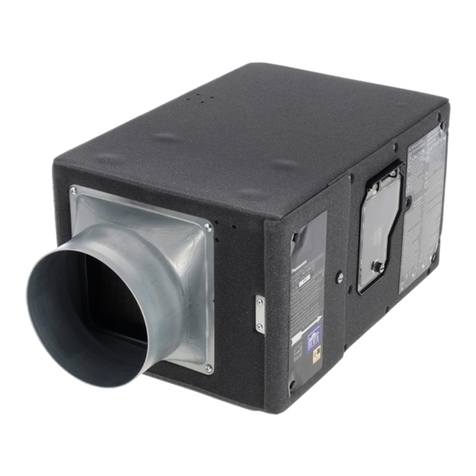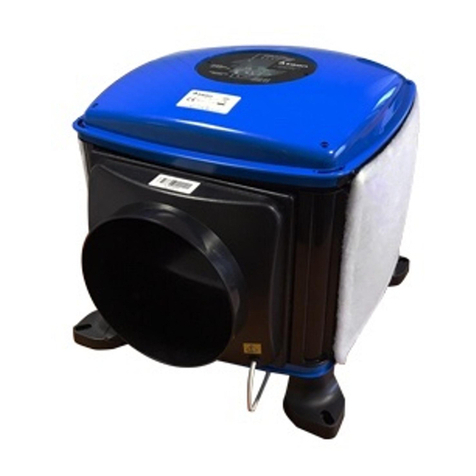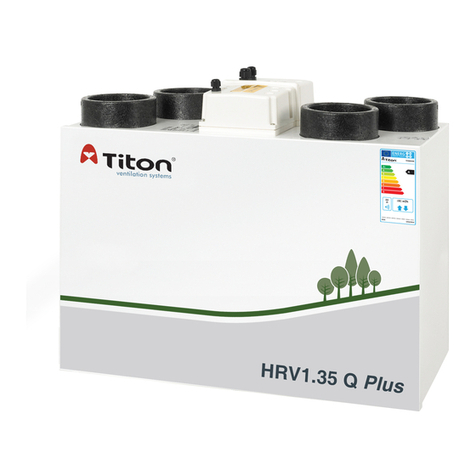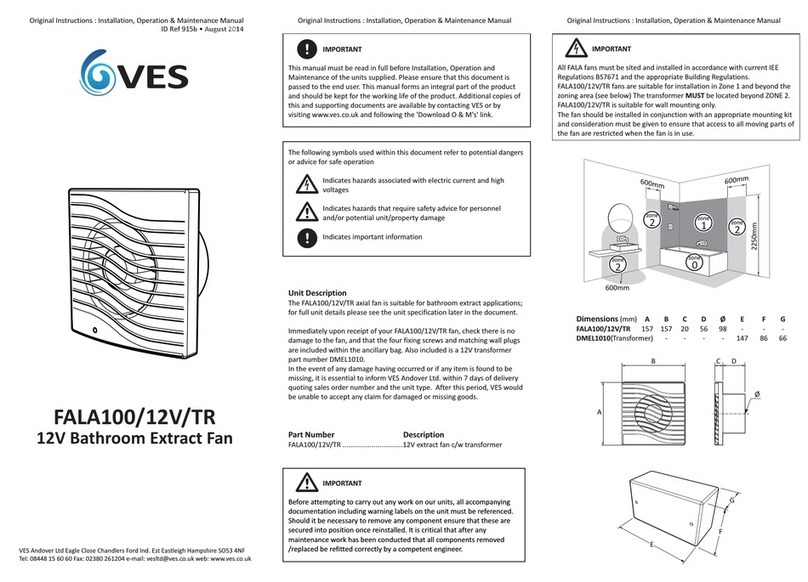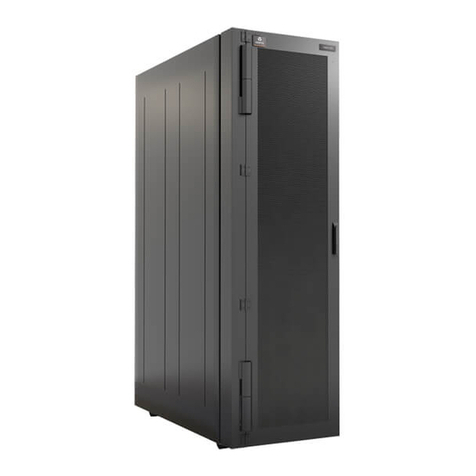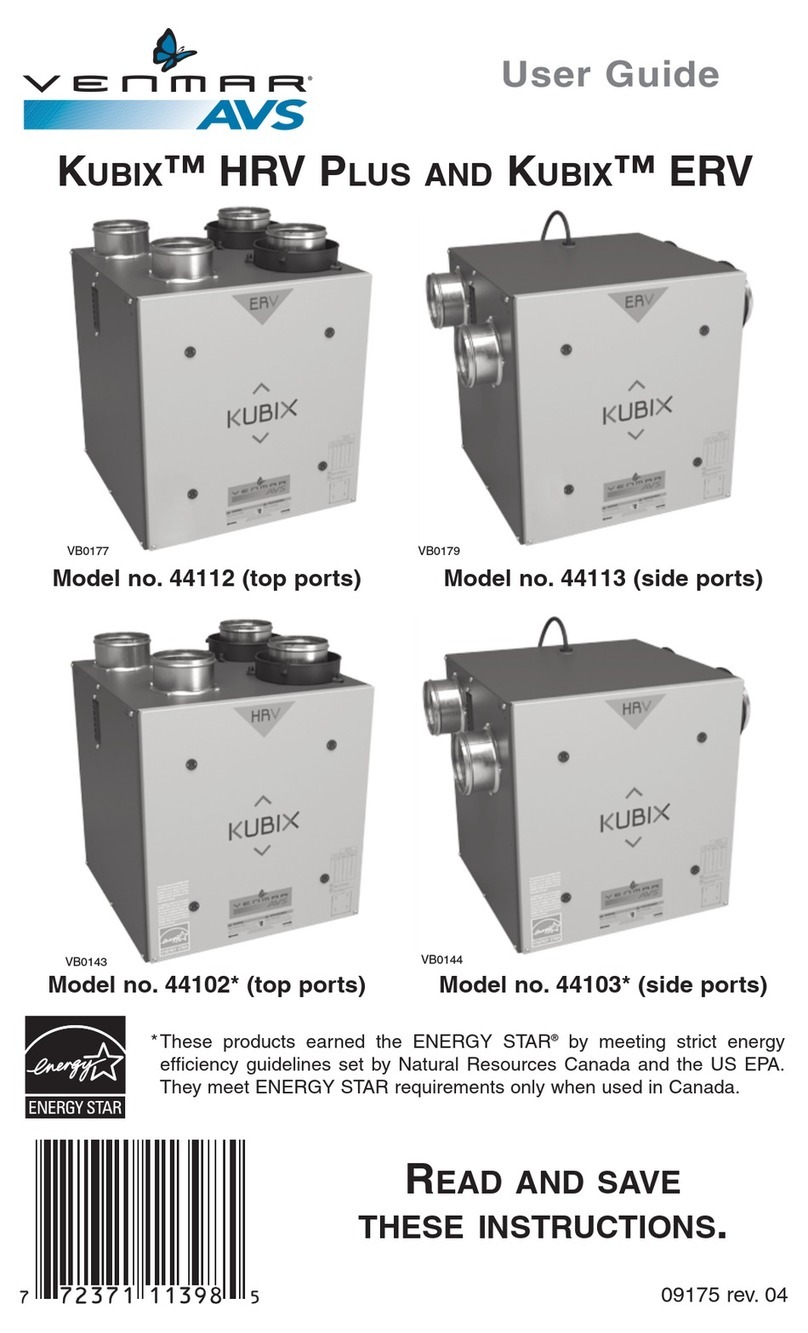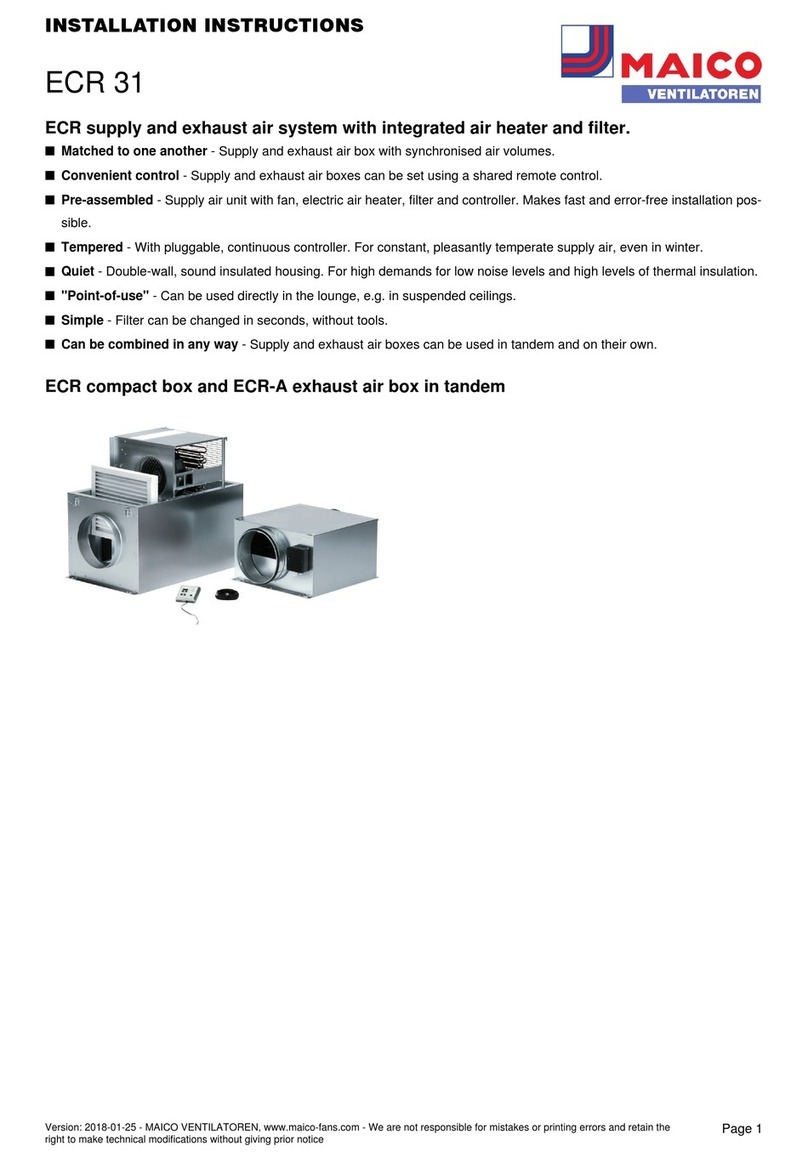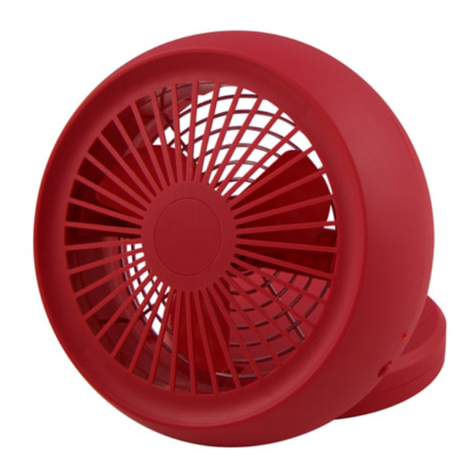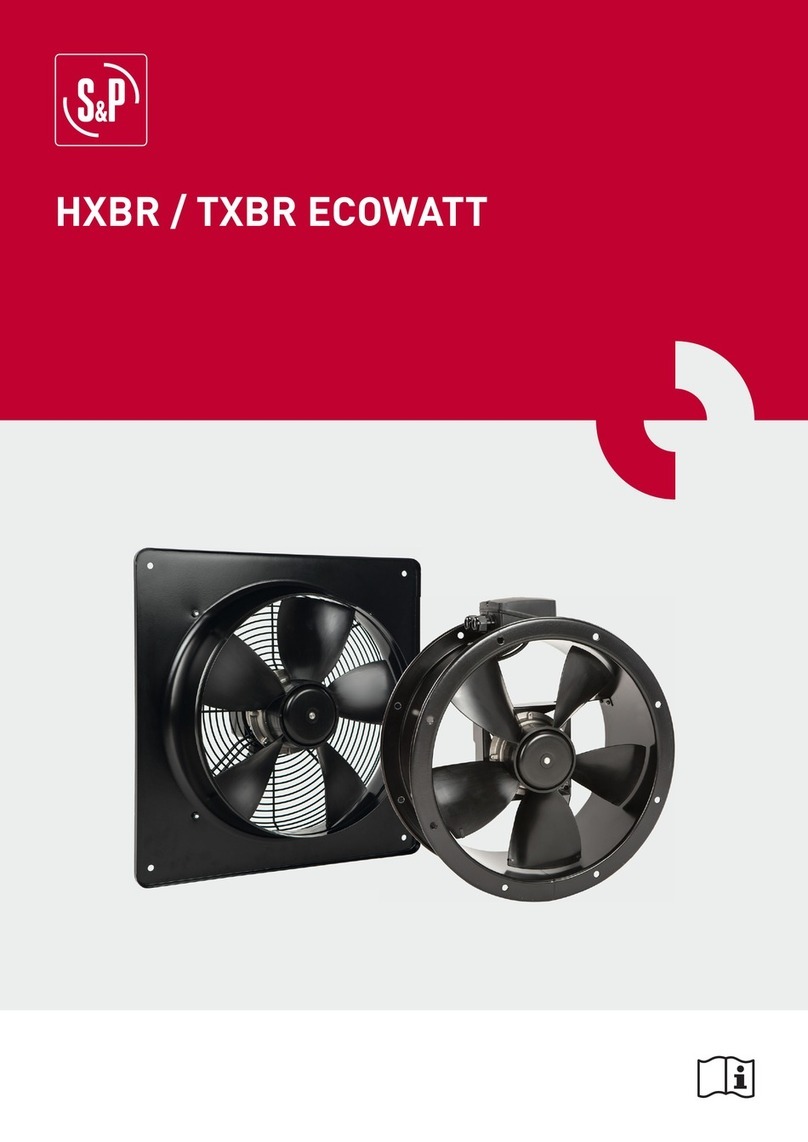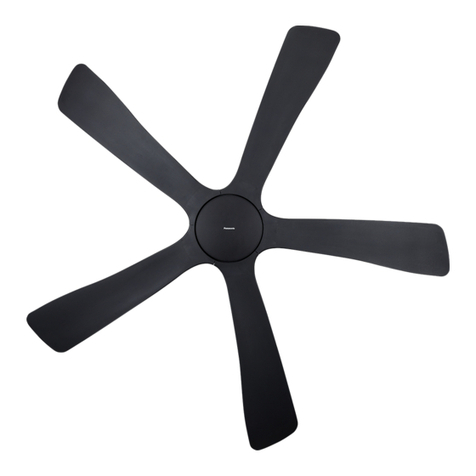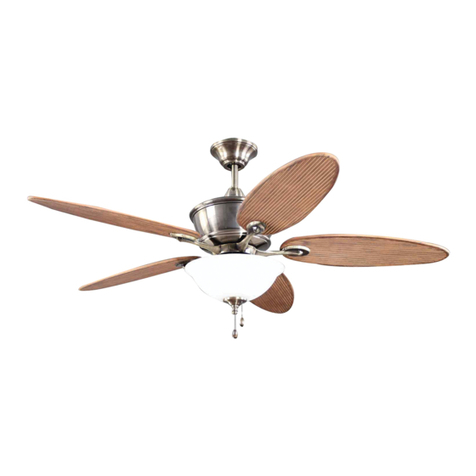
Sales and Technical Support +44 (0) 1206 814879 www.titon.co.uk 9
Troubleshooting Checklists
FAQ’s: Ventilation System Not Working
Check the Ventilation Unit is supplied with power. Check the mains circuit is live, check the fuse at
local isolator and that each wire core is making contact with terminal at outlet point.
Turn off the power to the Ventilation Unit at the local isolating. Carry out appropriate electrical
safety checks and taking effective precautions ensure that the Ventilation Unit has been wired in
accordance with the Product Handbook requirements. Ensure that no other power source has
been connected to boost circuits as this will damage the electrical components within the unit and
may cause the unit not to run, not to boost or to boost constantly.
(MVHR Only) Ventilation Units are tted with Automatic Frost Protection Systems that may
automatically reduce the supply air rate during periods where temperatures drop below freezing
especially for long periods and may activate particularly if home has been unheated for more than
24hrs.
(MVHR Only) Some Ventilation Units include a Summer Mode facility that allows the supply air
fan to be turned off by the occupant using an external switch, check if switch is installed at PCB
connections and activated or that PCB terminals have been used in error to connect to a circuit
intended for an alternative use.
Correctly installed product may be running quietly and efciently making it difcult to hear the
fan(s), also the low airow rates required in smaller dwellings may not always be obvious without
close inspection of the room air valves. Also, in some circumstances there may not be a notice-
able increase in sound levels between normal and boost speeds.
Check the unit has been commissioned and set to operate at the appropriate speed settings in
accordance with the Dwelling Commissioning Rates specied by the System Designer.
Check the commissioning control is in the “run” position (MVHR – the sliding switch is in central
position) (CME – the link is on one pin and not making the circuit and not still connected to both
pins) and check no other cables normally attached to the PCB have been disconnected
accidentally.
FAQ’s: Excessive Noise From The Ventilation System
Turn off the power to the Ventilation Unit at the local isolating. Carry out appropriate electrical
safety checks and taking effective precautions ensure that the Ventilation Unit has been wired in
accordance with the Product Handbook requirements. Ensure that no other power source has
been connected to boost circuits as this will damage the electrical components within the unit and
may cause the unit not to run, not to boost or to boost constantly.
Ensure boost control circuit opens/closes as required at PCB connections.
Check the timer overrun setting (CME adjustable between 0 – 30 minutes, MVHR 0 - 60 mins).
(MVHR Only) Some Ventilation Units are tted with Constant Volume fans that automatically
compensate for an increased backpressure to maintain airows by increasing speed. These fan
types will also react by increasing to maximum speed if ducting systems are blocked which can
be determined by checking if the fans slow down as pressure is released by opening the
Ventilation Unit front cover.
Some Ventilation Units are tted with integral humidity sensors to boost the system automatically,
check humidity settings as adjustment may be required.
